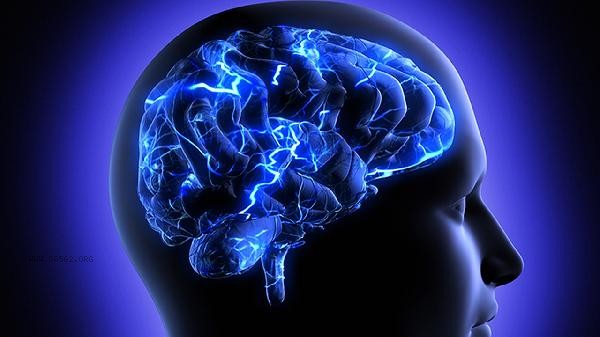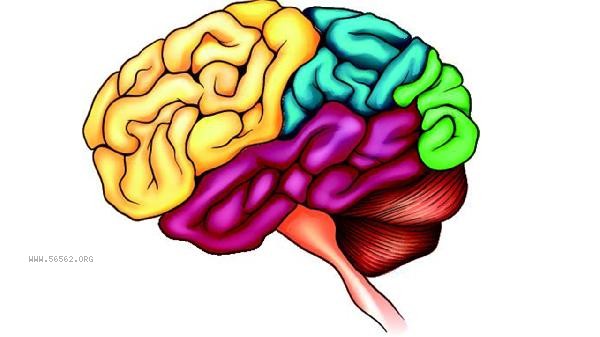The temporary loss of consciousness in the brain can be improved through lifestyle adjustments, medication therapy, psychological intervention, physical therapy, and surgery. Transient loss of consciousness may be caused by factors such as hypoglycemia, orthostatic hypotension, arrhythmia, epileptic seizures, or cerebral ischemia.

1. Adjusting Lifestyle
Maintaining a regular sleep routine can help stabilize autonomic nervous system function and avoid prolonged standing or sudden changes in position. Daily intake of sufficient water and balanced nutrition, especially paying attention to supplementing iron containing foods to prevent anemia. To avoid excessive fatigue and mental stress, moderate aerobic exercise such as walking or yoga can be performed.
2. Drug therapy
Different medications can be used according to medical advice for different causes. Patients with arrhythmia may need to take propafenone hydrochloride tablets to regulate heart rhythm, while patients with hypoglycemia can use glucose tablets as backup. Epilepsy patients often use sodium valproate tablets to control seizures. All medications must strictly follow medical advice and the dosage cannot be adjusted by oneself.
3. Psychological Intervention
Consciousness disorders caused by anxiety or panic attacks can be improved through cognitive-behavioral therapy. Professional psychologists will help identify triggering factors and teach relaxation training techniques such as abdominal breathing. Regular psychological counseling can effectively reduce the frequency of psychogenic syncope attacks.

4. Physical therapy
Patients with carotid sinus allergies can enhance their tolerance through carotid massage training. Patients with orthostatic hypotension are recommended to use progressive positional change training, combined with elastic stockings to improve venous return. These methods need to be standardized under the guidance of rehabilitation physicians.
5. Surgical treatment
Patients with severe arrhythmia may require the installation of a pacemaker, and vagus nerve stimulation may be considered for refractory epilepsy. The loss of consciousness caused by cerebral vascular malformation or tumor compression requires neurosurgery to remove the cause. The surgical plan needs to be evaluated through multidisciplinary consultation.

A symptom diary should be established in daily life to record the triggering factors and premonitory symptoms, and to avoid high-risk activities such as driving or working at heights. Carry a medical warning card with you to indicate the condition. After an attack, you should lie down and rest, and measure your blood pressure and blood sugar. It is recommended that family members learn first aid measures and undergo regular check ups such as electrocardiograms and electroencephalograms. Maintain moderate exercise to enhance cardiovascular function, but avoid vigorous exercise and extreme environmental stimuli.







Comments (0)
Leave a Comment
No comments yet
Be the first to share your thoughts!